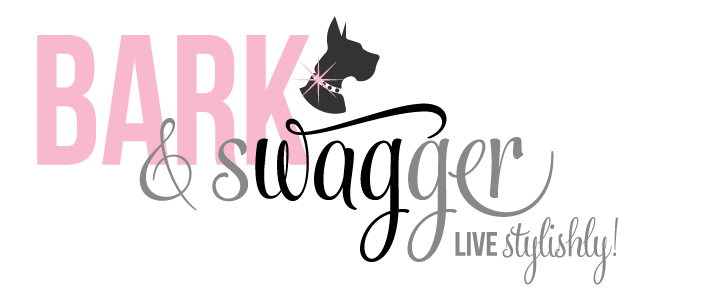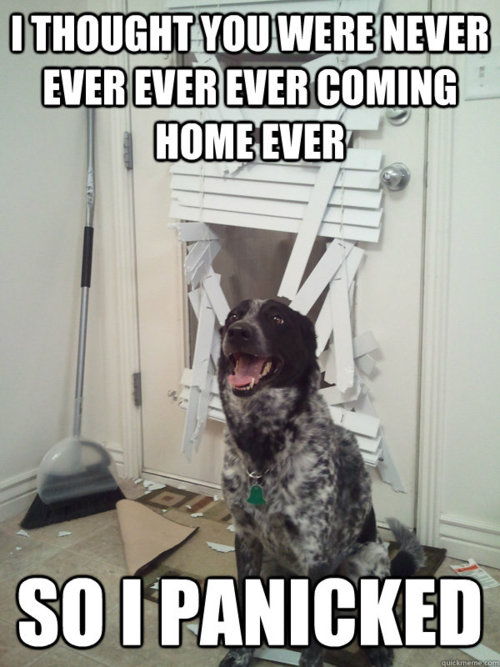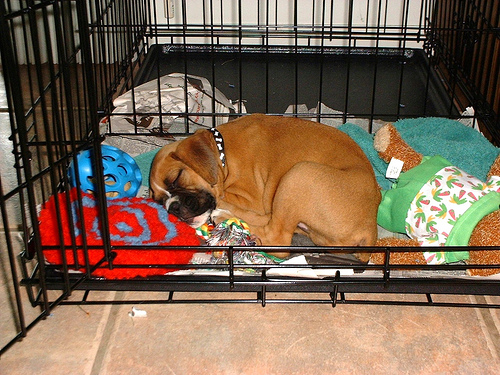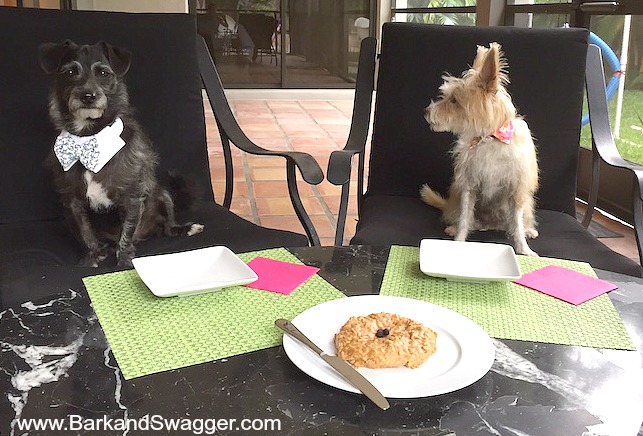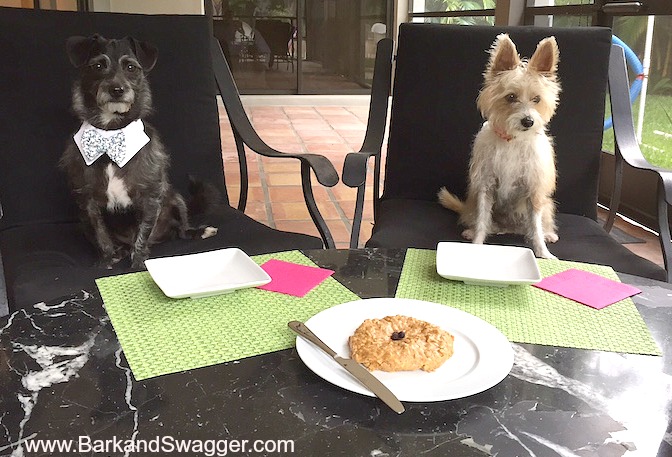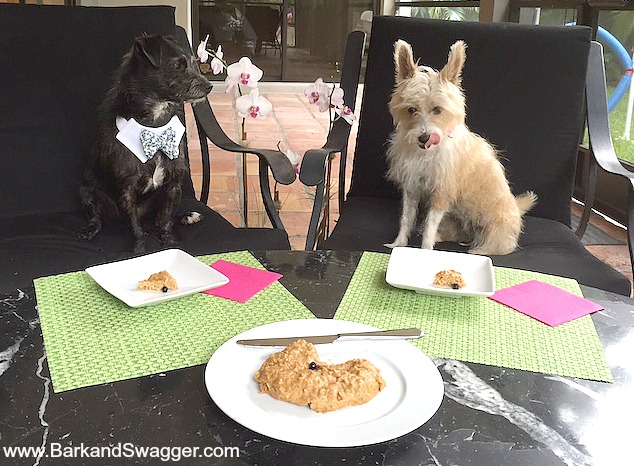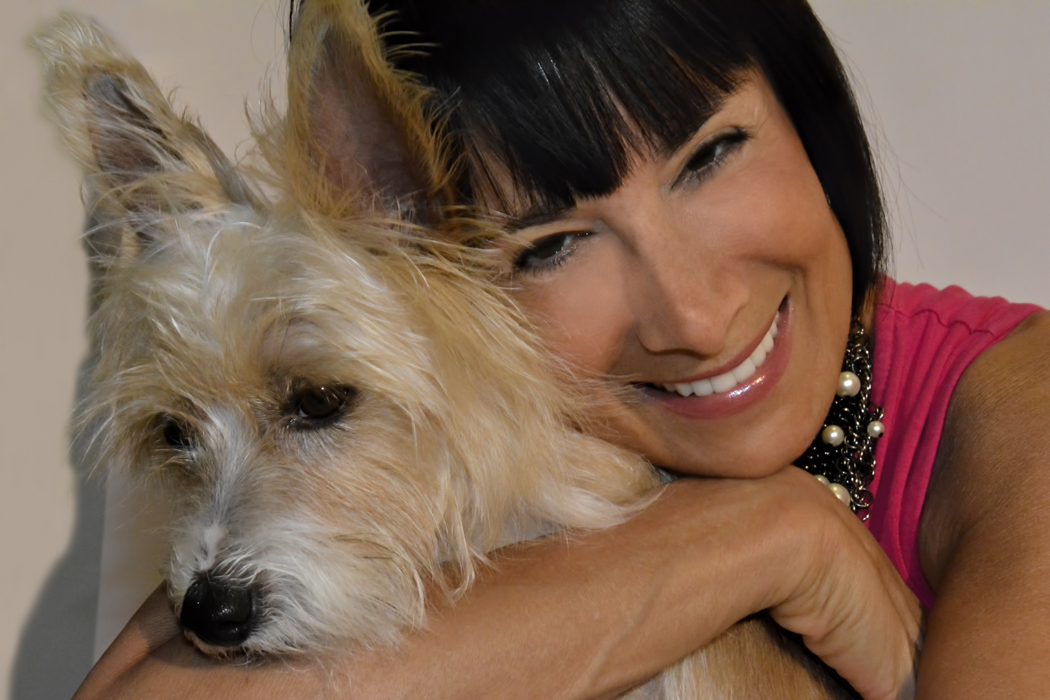Does your dog shake, cry or destroy the house when you leave? Separation anxiety is such a common problem that causes much grief, and is sometimes a real danger to the dog. This week, Justin is addressing it as part of our 10-week training series, Tuesdays with Justin; Dog Training at Home. Find out what you are doing to possibly fuel it and how to make it stop. What could be more stylish than having a calm, happy dog, right?
Separation Anxiety OR Having a Life for You & Your Dog
by Justin Silver with Dave Donnenfeld
Separation anxiety is as it sounds – a condition where dogs and owners have difficulty being separated from one another. This typically results from:
1) Abandonment
2) Spoiling- excessive coddling, affection and lap time
3) Insufficient exercise
4) Lack of socialization
5) Unemployment – not enough walks, training, and knowledge of what is expected of them
Many owners equate early signs of such over-attachment with love. It’s not. It is a dog feeling unsafe and worried. Separation anxiety is torturous for the animal and conscientious owners can be held hostage by it.
Progressive behaviors include, but are certainly not limited to:
- Incessant barking and whining
- Constant monitoring and protective behavior
- Excessive soiling and marking
- Destroying things in the home
- Myriad compulsive behaviors
I have seen dogs trying to chew their way out of metal crates and even jump out of windows.
The greatest challenge often lies with the owner, as a dog’s behavior can expose the co-dependent nature of the owner. One must remember that the dog is burdened, and in a perpetual state of panic. To love a dog is to allow it a measure of independence.
The Fix Is In
The remedy is simple, but not easy- even dogs need a life of their own and to be on their own sometimes.
Common Sense:
- Exercise the dog before you leave the house. This brings down energy levels.
- Crate or gate the dog after exercise. Exercise associates coming home with resting and unwinding.
- Monitor the dog’s stress- do not let it go above a five.
Incremental Exposure – initial separation should be short, before time is added. Start with a few seconds and then build in small increments on that, once the dog seems comfortable. Eventually build with blocks of five to ten minutes.
To practice:
- With the dog crated or gated, walk around while still in view.
- Go just beyond the dog’s view and progress to walking out of the door for less than a minute.
- Add time accordingly, as per above.
Key Tips:
- When you go out of sight, let the dog hear your voice.
- Keep chews and frozen treats handy when crating the dog. Kongs are great for this.
- The “stay” command – show the dog that it’s safe to be apart.
The Big Sleep
- Some of you aren’t going to like this, but a dog with separation anxiety is not allowed to sleep in bed with its owner, as it reinforces the already co-dependent nature of the relationship and doesn’t allow the dog to feel independent.
- As a first step, try crating the dog in the bedroom. In time, move it just outside the bedroom door.
- Another option is to use a gate in the bedroom doorway and place a dog bed on the other side to retain line of sight.
I Don’t Know Why You Say Goodbye
Separation anxiety means never having to say goodbye. In many cases, a dog’s anxiety levels will rise when people are ready to leave. Watching you get dressed, grabbing your keys, or taking purposeful strides toward the door can panic a dog.
- Desensitize – perform leaving activities but don’t leave.
- When leaving, go quietly, without fanfare.
Socialization
Exposing a dog to other people, as well as other dogs, expands its world. I suggest hiring a dog walker who will take the dog out with a pack, and try to convince friends and family to take the dog for a walk…solo.
Building relationships with fellow dog owners and tending to each other’s dogs is great for dogs and helps owners manage, as well.
Separation anxiety has become pandemic in this country, and the solution is simple but not always easy. While dogs are wonderful and supportive beings to have in our lives, they should not be our support systems or used to guard against our insecurities.
♥ ♥ ♥ ♥ ♥
The Giveaway
Enter to win a copy of Justin & Dave’s new book, The Language of Dogs, a great dog training at home manual that’s easy to read and chock full of practical training tips that work. I reviewed it in an earlier post here.
To enter, just join the Bark & Swagger family! If you’re already a member, you’re eligible! The giveaway begins Tuesday, June 9 at 7am EST and ends Sunday, June 14 at 11:59pm EST. Each week, we’ll announce a new winner and start the giveaway again.
Week 6s winner is Shelley Joy P. Congratulations, Shelley!
To get more info, great tips and fun pictures, visit Justin on:
